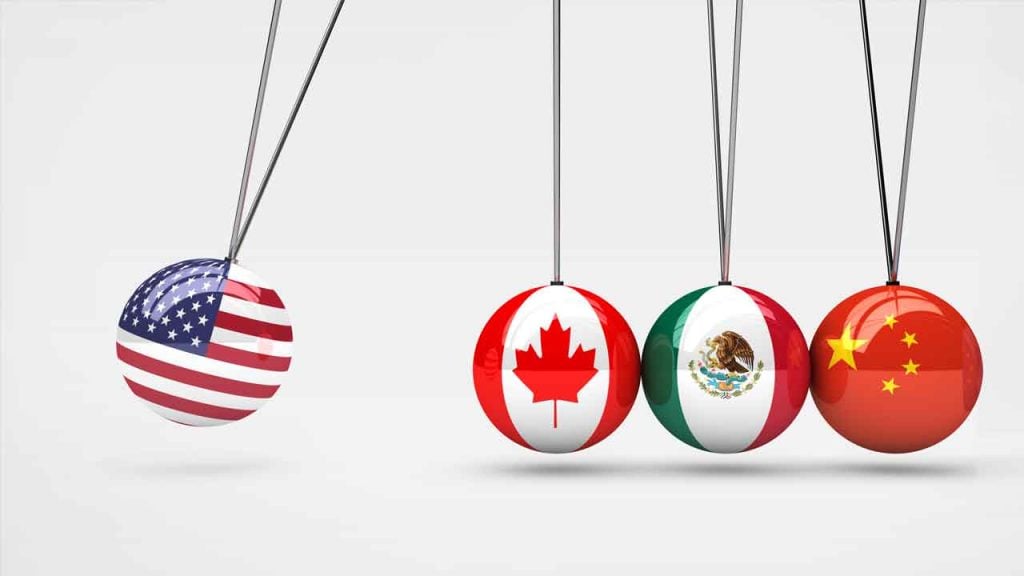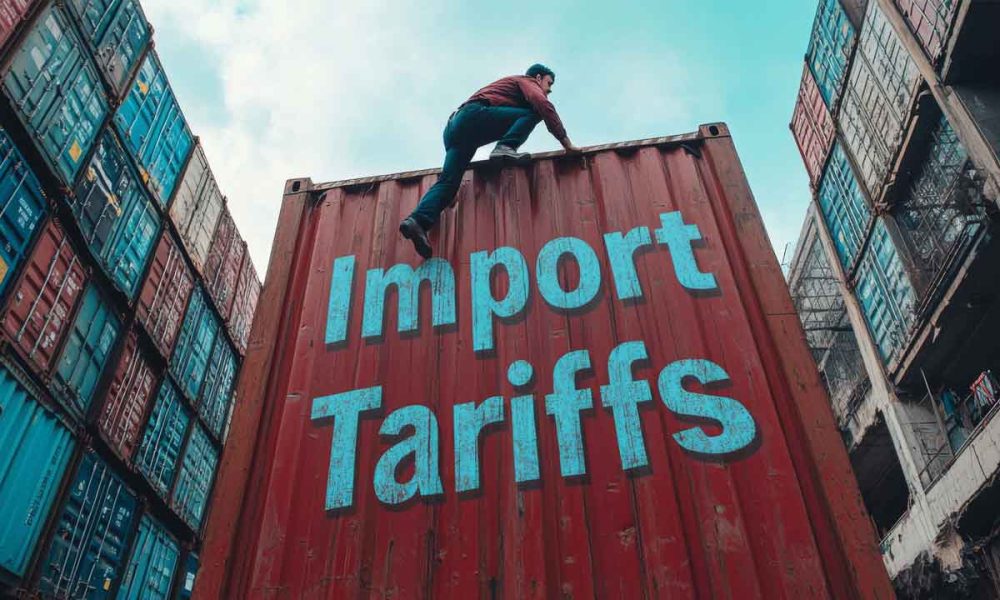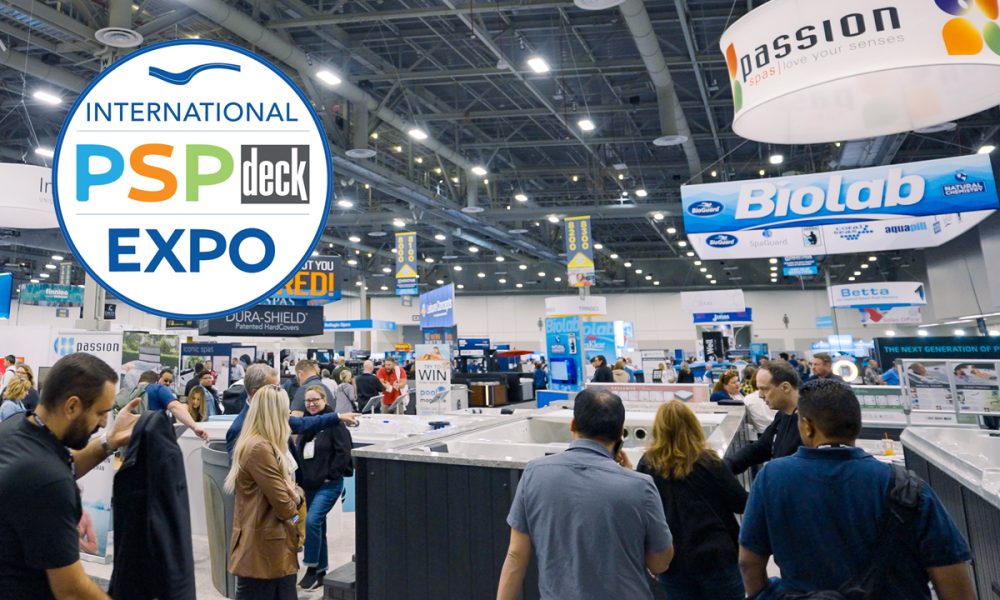With a change in the White House, the word “tariffs” has sparked unsettling questions, particularly about how a rise in the cost of imported goods could impact industries like pool manufacturing and construction. Tariffs—taxes imposed on goods as they enter a country—are designed to incentivize domestic production by making foreign goods more expensive. While this might benefit certain domestic industries, the broader economic implications remain contentious.
President Donald Trump’s proposal to impose steep tariffs—including a global tariff of up to 20 percent, a 60 percent tariff on imports from China, and up to 100 percent on imports from Mexico—has sparked heated debate. Both economists and voters alike have been divided over whether these tariffs will rejuvenate American manufacturing or burden the economy with higher costs and inefficiencies.
The Pros of Trump’s Proposed Tariffs
Revitalizing Domestic Manufacturing
Proponents of Trump’s tariffs argue that the policy addresses the negative effects of globalization on American manufacturing. Since the implementation of NAFTA in 1994, the number of U.S. manufacturing jobs has declined from nearly 17 million to around 12 million by 2016. Tariffs, they assert, could reverse this trend by incentivizing domestic production and discouraging outsourcing. As Trump stated during his campaign: “Under my plan, American workers will no longer be worried about losing your jobs to foreign nations, instead, foreign nations will be worried about losing their jobs to America.”
Encouraging Innovation
Manufacturing plays a pivotal role in driving innovation. According to the McKinsey Global Institute, the manufacturing sector accounts for a significant portion of private research spending. Proponents argue that when manufacturing shifts overseas, the associated supply chains, engineering expertise, and feedback loops between design and production are also lost, stifling innovation. For instance, Apple’s attempt to manufacture its high-end Mac Pro in Texas faltered due to a lack of sufficient domestic suppliers, such as screw manufacturers.
Bolstering Economic Productivity
Manufacturing and other physical economy sectors, including agriculture and resource extraction, contribute disproportionately to economy-wide productivity growth. These sectors anchor local economies and create jobs that personal services cannot replace. By imposing tariffs, proponents believe the U.S. can preserve economic balance and ensure that trade remains mutually beneficial, rather than a one-sided exchange of cheap goods for financial assets.
The Cons of Trump’s Proposed Tariffs
Increased Costs for Consumers and Businesses
The primary criticism of tariffs is that they effectively act as a tax on domestic consumers and businesses. For instance, consider an Intex above-ground pool, a popular low-cost option among consumers. A $1,000 pool imported from China would incur an additional $600 charge under a 60 percent tariff. While this cost is initially paid by the importing company, it is typically passed on to consumers in the form of higher retail prices.
Redistribution of Income
While tariffs benefit protected domestic industries by enabling them to charge higher prices, they do so at the expense of consumers. This redistribution of income can lead to inefficiencies, as protected industries are not always low-cost producers. In the long term, tariffs reduce economic output and lower incomes, as Adam Smith and other classical economists have long argued.
Economic Burden and Complexity
The ultimate burden of tariffs depends on how costs are distributed:
- If U.S. importing firms pass on the cost of the tariff to consumers, retail prices increase, and consumers bear the economic burden.
- If importing firms absorb the tariff cost, they experience reduced profits.
- Alternatively, foreign exporters may lower their wholesale prices to maintain their U.S. market share, thus bearing the cost through reduced profits.
In reality, all three scenarios can occur simultaneously, adding complexity to the economic impact of tariffs.
Potential for Retaliation
High tariffs on imports from countries like China and Mexico could provoke retaliatory measures, leading to trade wars. Such retaliation would hurt U.S. exporters, potentially negating any benefits gained from the tariffs.
Inflationary Pressures
Tariffs can contribute to inflation by raising the cost of imported goods. This effect could lead to an economic downturn unless offset by Federal Reserve actions, such as loosening monetary policy. However, such interventions carry their own risks and trade-offs.

Historical Context and Economic Implications
Tariffs were once a primary source of government revenue and a key tool of economic policy. However, since the mid-20th century, economists have largely advocated for lower tariffs to promote free trade and economic efficiency. The U.S. imported $3.8 trillion worth of goods and services in 2023, equivalent to 14 percent of its GDP. Imposing significant tariffs on these imports would generate substantial revenue but also disrupt established supply chains and trade relationships.
In 2023, tariffs brought in $80 billion, approximately 2 percent of total U.S. tax revenues. While this revenue is valuable, it comes at the cost of economic distortions. Higher import prices can reduce consumer purchasing power and hinder economic growth.
Balancing the Argument
Benefits of Tariffs
- Job Creation: By protecting domestic industries, tariffs can safeguard and potentially create jobs in sectors like manufacturing.
- Strategic Industries: Tariffs can help preserve industries critical to national security and economic stability.
- Trade Equity: Tariffs can level the playing field in cases where foreign governments subsidize their industries, creating unfair competition.
Drawbacks of Tariffs
- Consumer Costs: Higher prices on imported goods reduce affordability for consumers.
- Economic Inefficiency: Tariffs protect less efficient industries, leading to lower overall productivity.
- Risk of Retaliation: Trade wars can harm both importing and exporting countries, creating global economic instability.
Net-Net: Impact on the Pool Industry
President Trump has announced plans to impose tariffs on imports from countries such as China, Mexico, and Canada upon taking office on January 20, 2025. The pool industry relies on various imported materials and components, including pumps, filters, chemicals, and many other components. The imposition of tariffs can lead to increased costs for these imports, which manufacturers and suppliers may pass on to consumers.
- Supply Chain Adjustments: Businesses may seek alternative suppliers or adjust their sourcing strategies to mitigate tariff impacts. These adjustments can take time, potentially delaying the immediate effect on consumer prices.
- Inventory Levels: Existing inventory purchased before the tariff implementation may temporarily shield consumers from price increases. Once this inventory depletes, new stock subject to tariffs could reflect higher prices.
- Market Dynamics: Competitive pressures and demand elasticity influence how much of the increased costs businesses pass on to consumers. In some cases, companies may absorb a portion of the costs to maintain market share, affecting the timing and extent of price changes.
Realistic Timeline for Price Increases:
Considering these factors, consumers in the pool industry might begin to notice price increases within 3 to 6 months following enforcement of any new tariffs. This timeline accounts for the administrative implementation period, depletion of pre-tariff inventory, and adjustments within the supply chain.
The proposed tariffs aim to address the shortcomings of globalization and revitalize American manufacturing. By incentivizing domestic production and innovation, tariffs could strengthen the U.S. economy in the long term. However, the immediate costs—higher consumer prices, economic inefficiencies, and the risk of retaliation—pose significant challenges.
Ultimately, the impact of these tariffs will depend on how businesses and consumers adapt. If domestic industries rise to the challenge by improving efficiency and innovation, the U.S. could benefit from a more balanced and resilient economy. Conversely, if tariffs lead to prolonged trade wars and inflation, the costs could outweigh the benefits, leaving the economy worse off.
The post Increasing Import Tariffs May Impact The Swimming Pool Industry appeared first on PoolMagazine.com – Get The Latest Pool News.







